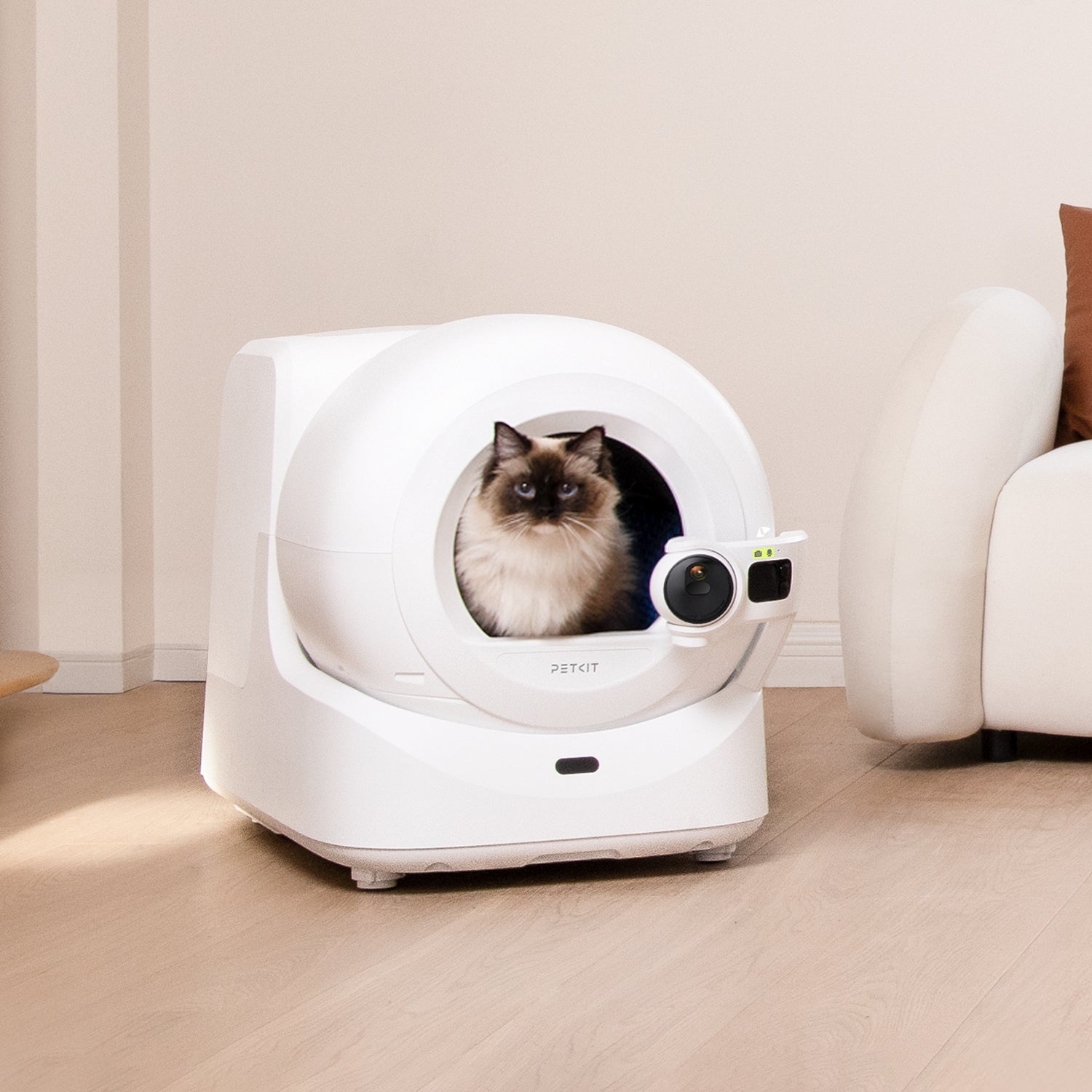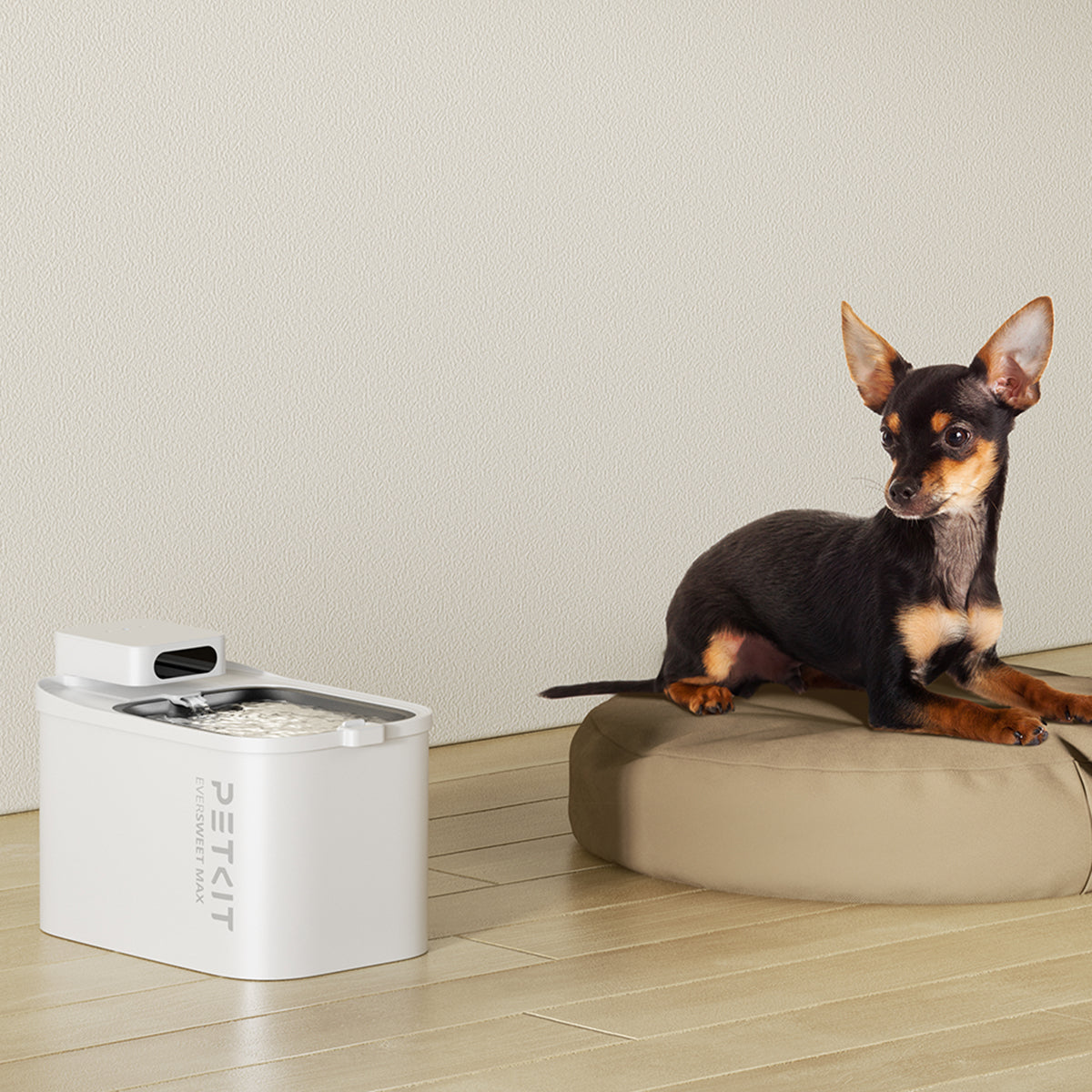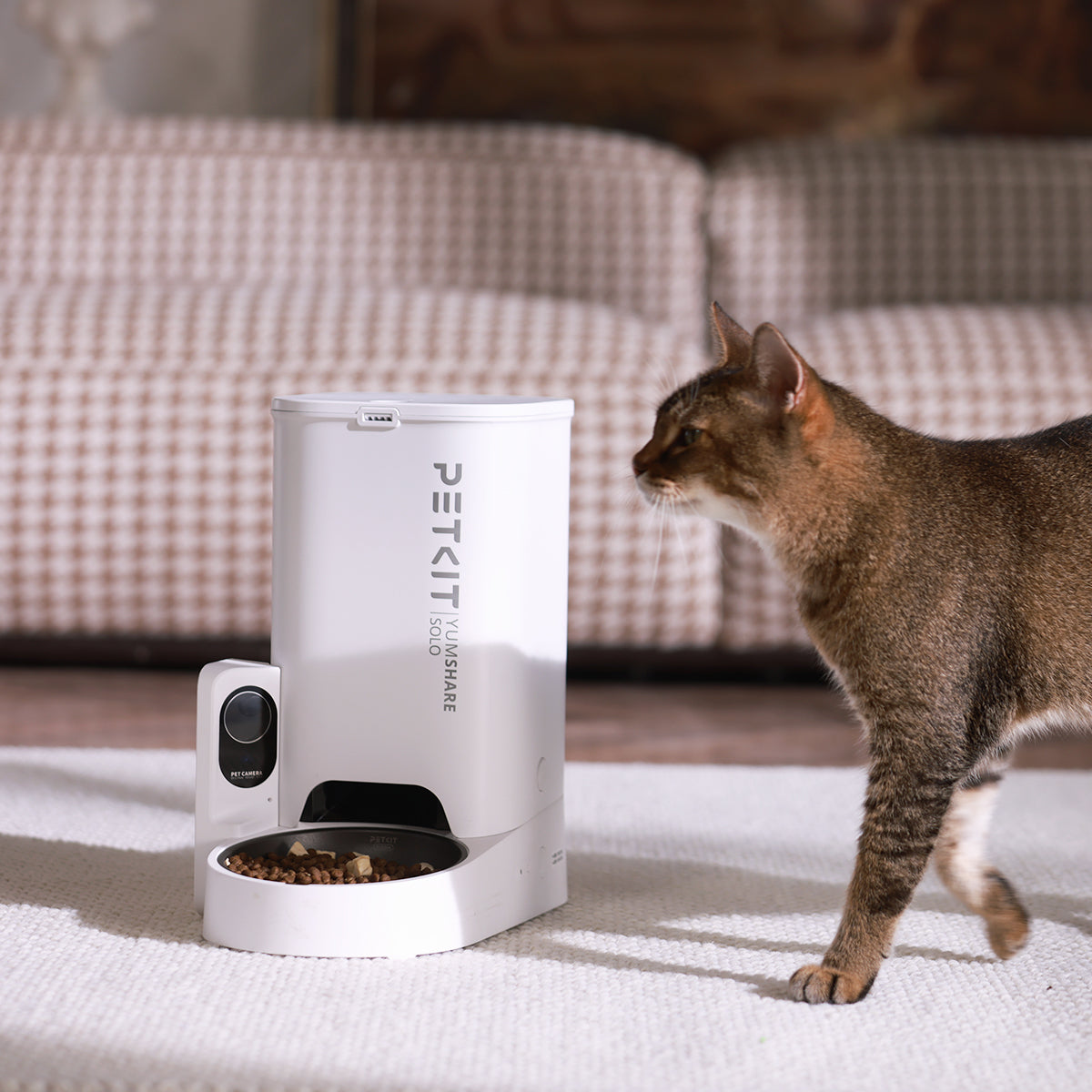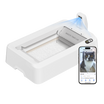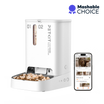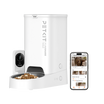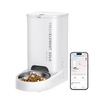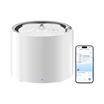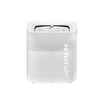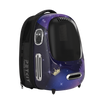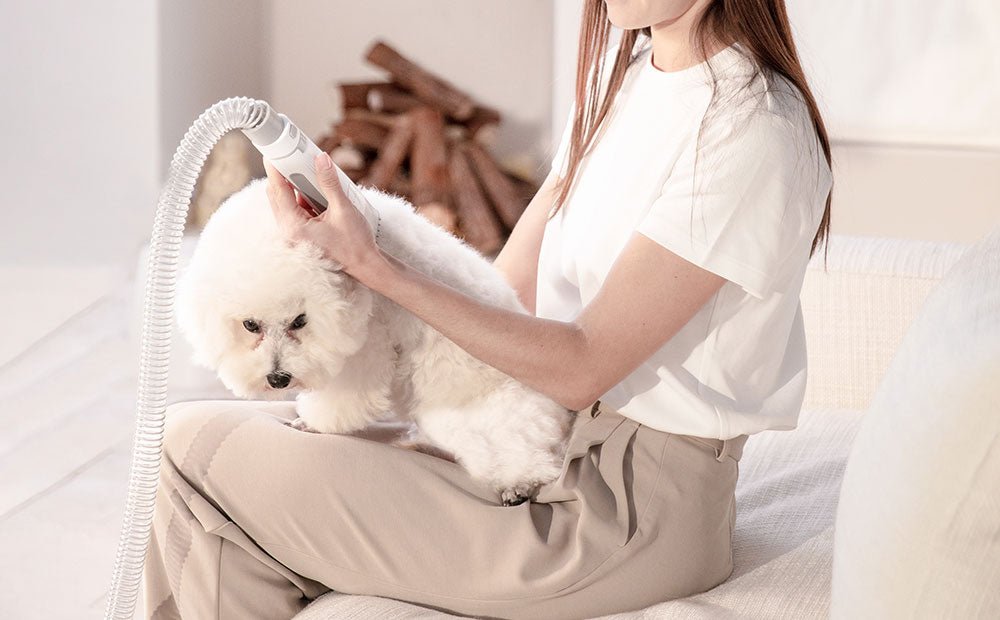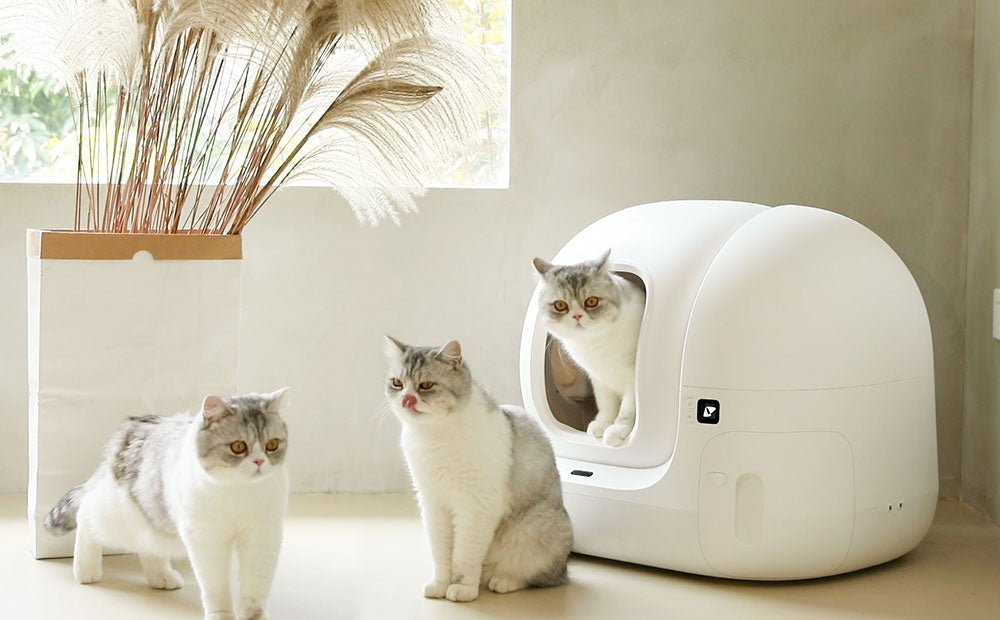Do you have a “walking dandelion” at home? We love our lovely furry friends but are also frustrated when it comes to the heavy shedding problem. Dogs tend to shed heavily when they transit from their winter coat to their summer coat. Different fur types have different shedding patterns and severe shedding may also indicate potential health conditions. Moreover, how to manage the shedding if you are allergic to pet hair needs to be discussed as well.

What Time of Year do Dogs Shed?
It is not easy to provide a straightforward answer to when your dog sheds, as it depends on various factors, including the breed of your dog. Some dog breeds tend to shed more during specific months, whereas others shed at a consistent rate throughout the year. However, figuring out the shedding pattern of your dog will enable you to prepare yourself for the furry occurrence more efficiently.
- Seasonal Shedding
- Year-round Shedding
Alternatively, some breeds of dogs do not undergo seasonal shedding. Short-haired and single-coated breeds tend to shed throughout the year. Unlike long-haired breeds, short-haired dogs do not develop a winter coat, which results in more frequent and constant shedding. Although short-haired breeds may shed more hair in larger quantities, the shedding of long-haired breeds is more noticeable due to their longer hair.
Why is My Dog Shedding More than Usual?

- What is Normal Hair Loss
There is no only rule for "normal" shedding in dogs or cats because we have to consider multiple variables in order to decide the normal amount of pet hair loss. It includes pet breeds, physiology, genetics and etc. Therefore, it is important that you pay close attention to your pets' health and their shedding pattern after the adoption. Besides different breeds and other genetic reasons, excessive shedding can be also affected by health issues like allergies. When you decide if it is an abnormal hair loss of your dog, all the factors mentioned above should be considered.
- Identify Abnormal Shedding
- Excessive itching and dandruff
- More frequent licking
- Loss of interest and appetites
- Significant fur thinning
- Bald spots
- Wounds
- Medical Conditions Associated with Abnormal Shedding
- Bacterial or fungal infections
- Stress
- Allergies
- Hormonal imbalances
- Immune disease
- Thyroid issues
- Pregnancy
- Liver, kidney conditions or even cancer
Do All Dogs Shed?
Yes, all dog breeds shed their hair to some extent. This is due to the fact that old hair will eventually die and be replaced by new hair. The amount and rate of shedding will vary among breeds and individuals within the breed, and breed characteristics, particularly coat type, play a major role in how much a dog sheds.

- Do Puppies Shed?
Some breeds take longer than others to grow their adult coat, with Pomeranian puppies taking up to two years to do so.
- What Breed of Dog Sheds the Least?
-Maltese
-Poodle
-Irish Terrier
-Bichon Frise
-Afghan Hound
-Giant Schnauzer
-Miniature Poodle
-American Hairless Terrier
How to Reduce Dog Shedding?
Some pet owners might be looking for methods to prevent shedding but will probably be disappointed. In fact, you can not stop shedding in any dog unless you get a non-shedding dog in the first place. However, once you rule out any health problems, a few ways may help you control excessive shedding. For instance, switching to a well-balanced and healthy diet will help control shedding at an acceptable level.

- Does Bathing Help with Shedding?
- How Often Should I Bathe My Dog?
- Dog Bathing Tips
Don't make this a day-long event. For most dogs, taking a bath takes about five minutes. This process will take a little bit longer for dogs with lengthy hair. After taking a bath, you can dry your dogs with PETKIT AIRSALON MAX. Compared to traditional hair dryers, PETKIT AIRSALON MAX provides a more breathable, efficient, effective, safer and cozier drying experience for your pets.
b. Dilute the shampoo
The suggested shampoo-to-water ratio is 16 to 1. Not only will this save you budget, but it will also make it much easier to rinse your dog. Your dog's skin will be itchy after taking a bath if you don't rinse away all the soapy water that contains sodium.
c. Soothe dogs that hate water
Even though some dog breeds love the water, many dogs get nervous when it's time for a bath. Make sure to reward your dogs for good behavior during bath time to help them feel more at ease. Additional goodies can assist reassure your dog and help him remember the next time he sees you getting ready for a bath for him.

- Does Brushing Help with Shedding?
Absolutely! Brushing your dog on a regular basis will not only help with the shedding but also stimulate blood circulation and remove flakes of dandruff. However, brushing frequency and brushing tools may vary for different fur types. For example, for dogs with double-coat like Bernese Mountain Dogs or Siberian Husky, a slicker brush or grooming brush will be the ideal tool for you to reach down the outer coat and pull out the dead hair from the thick undercoat.
However, Brushing a heavy-shedding dog might be a big challenge for people allergic to pet fur. That is why grooming and vacuum tools like PETKIT AIRCLIPPER are highly recommended to this group.
- How Often Should I Brush My Dog?
The answer to “how often should I brush my dog to prevent shedding” might not be universal. Brushing frequency and types of brushing tools vary from coat type. Choosing a proper brushing tool has a long-term positive impact on dogs’ overall health. Usually, if you have a double-coated dog like Shiba Inu, a daily brush with a slicker brush and a weekly brush with a de-shedding brush can greatly help with the shedding.

- Tips to Brush a Dog Properly
a. Choose a correct brushing tool
Determining which brush is the right one for your dogs should depend on their fur type, for example, short smooth coat dogs should use the rubber brush which is more gentle on them. Slicker brush is applicable for most of the coat types like curly coat, medium and long double-coat dogs. Deshedding brush is particularly useful for double-coat dogs especially during the shedding seasons. Both slicker and deshedding brushes are included in PETKIT AIRCLIPPER.
b. Check for burrs or matted spots
Please check for any matted spots before brushing if you have left your dog ungroomed for a while. Dogs like Poodles tend to form mats and tangles without regular brushing. Once matted areas are developed, do not try to brush them out because you can not solve tangles and mats with brushes alone. Instead, pay a visit to a vet or a professional groomer who will carefully shave the matted spots for your dog.
c. Check for wounds or irritated area
Check your dog‘s skin condition carefully, especially if you have a double-coated dog. It could worsen the irritated areas or hot spots with brushing, especially if they have extremely sensitive skin. Treat the irritated sore area first before you conduct a thorough brushing.


